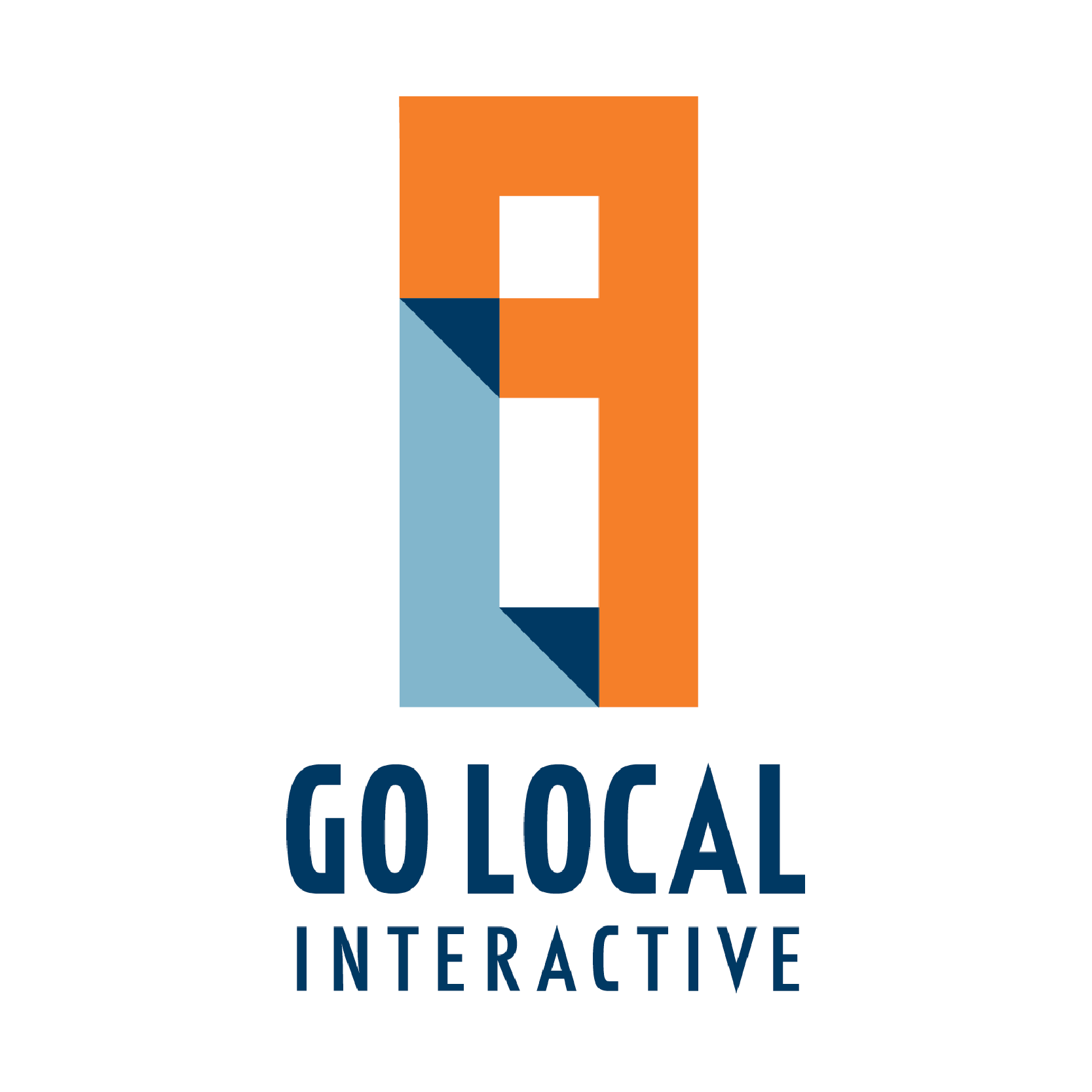I like to think of my Paid Search competition as other contestants in a beauty pageant. What gives each of us the best chance to walk away with the crown is standing out among the other competitors.
A less than eye catching display, whether it’d be an error in the talent portion or the wrong choice of evening gown could undoubtedly mean you didn’t make the ideal impression upon the judges. Same goes for customers searching for a product. Your ad copy and keywords must be carefully thought out for the best results. How then do you win the judge’s affection and improve your CTRs and Conversions? The answer is simple. You must follow the advice we all have received at one time or another: “Just be yourself.” Here we will discuss 5 of the best practices when building search campaigns guaranteed to qualify your clients a chance at the crown:
1. Make A Branded Headline
Using a branded headline is one of the most important and simple ways you can influence potential customers’ decision making.
Often, I see competitors using non-branded, generic terms in their headline one ad copy (H1). For example: I understand the need to maximize your quality score by including keywords in your ad copy; however, with the new extended ads we have available, there is much more room to tactfully slip those terms into the description text.
A branded headline can cut back on what Roy F. Baumeister, social psychologist,calls “decision fatigue.” Decision fatigue is the result of the bombardment of choices we all face each day. The brain is constantly looking for a shortcut that will help it make the correct decision faster.
Understanding this insight of neuromarketing behavior and implementing a branded H1 will help you stand out to your most important judges, the undecided buyers. The undecided buyer has yet to build a strong preference for a specific brand. Something as simple as utilizing a branded headline will contrast nicely against other ads with generic headlines. Make a statement to the judges by using branded H1s.
2. Don’t Bid On Competitors’ Branded Keywords
No one likes a copycat. For instance, if one contestant is known for her wonderful voice, your energy would best be served perfecting a different skill. Attempting to springboard off another company’s brand and ride their coattails to success should be thought of in the same way. What I’m referring to is bidding on branded competitor keywords. I know everyone has a different view on this subject, so before you throw tomatoes, allow me to discuss my view. When you use branded keywords from a competitor you are, for one, creating more competition for yourself and further stretching your monthly budgets. Second, you are entering territory already staked out by your competitor. Let’s revisit the behavior of the potential buyer. A buyer that is searching using keywords unique to your competitor has most likely already traveled far enough down the conversion funnel to be considered a decided buyer. A decided buyer is there to complete a conversion or at a minimum learn more about a specific brand before purchasing. Any click you may receive on this search result page is probably a mistake. In this situation, the wrong prospect has cost you a click that could’ve been better served on another individual. They say imitation is the greatest form of flattery, but you should think twice about bidding on competitor keywords.
3. Deliver in an Organized and Original Manner
First impressions are key. Show the judges you have a unique personality, so that nothing is left to question. When reviewing competitor ad copy and prospecting new clients, I see businesses almost communally use ad copy with similar offers. For instance, many banking and credit union clients will advertise online accounts and mobile apps in their ads.
The mistake being made is the portion of the ad in which this feature is displayed. Without a doubt, online and mobile banking is a point of interest for clientele, so I understand why it is advertised so heavily. It needs to be. However, these features could’ve just as well been site links or call out extensions. In this layout these features can get the attention they deserve and open up ad copy for unique offers.
The second step is to identify what those unique offers are. A good rule of thumb is to advertise special promotions as a headline two (H2). If you can advertise a better offering to a buyer, you can outsell the competition all day. If you’re worried about where to slip in your keywords, remember you now have 80 available characters in the description text to tinker with.
I encourage anyone building search campaigns to listen to their clients closely and get a feel for what makes their company special. Don’t discount the importance of some of those more popular features. Instead, focus on how you can better organize your ads. Displaying your unique promotions as H2 ad copy and creating extensions out of top features will make your ads excel. Organize your ads strategically to make the best first impression.
4. Don’t Forget Where You Came From
Everyone comes from somewhere. Whether it be a small town or a big city. Owning where you’re from is important. Adding geographic keywords and ad copy can help you carve out that space in more than one way.
For starters, geo targeted ad copy can act as an icebreaker and a referral. When using geos, you are informing the customer that your business is local. In this way, you have immediately become more familiar to them.
The addition of geo keywords creates effective and affordable long tail search terms. Many of the clicks my clients receive come from long tail keyword searches related to customer location. Look at surrounding neighborhoods and defining location features near your store for inspiration. Zip codes can make a great addition to any keyword list. Use geographic terms to help the client find and identify with you.
5. You’re Your Own Worst Enemy
When the going gets tough, you can’t afford self-inflicted wounds. In other words, never compete with yourself. From time to time you will encounter a client who has closely grouped store locations that makes targeting difficult. Layering your location targeting improperly is just like stepping on your own toes during the dance routine.
Avoiding this pitfall takes close attention to detail when using location targeting. Usually, to make the process go quickly, I use radius targeting to easily create the net I wish to cast. However, when stores are very near to one another, it is best to refrain from using radius targeting to reach customers.
The proper response in this situation is to use zip code targeting. If you need help, clients can often tell you where a good portion of their customers from each store are located. With this information you can zone out each location to avoid any possible cross-competition from other stores. Don’t be clumsy. Use zip codes for more precise targeting options.
Search Engine Marketing may not be as flashy as other traditional forms of advertising, but you can still find ways to stand out among the crowd of competitors. A good PPC strategy will take time to think through, but will go a long way for a client if the execution is there. Just remember the following:
- Make a statement by using branded H1s.
- Think twice about bidding on competitor keywords.
- Organize your ads strategically to make the best first impression.
- Use geographic terms to help the client find and identify with you.
- Use zip codes for more precise targeting options.
Whether you are starting from scratch or revising some old campaigns, remember to keep these tips in mind and you will find yourself in contention for the crown.



